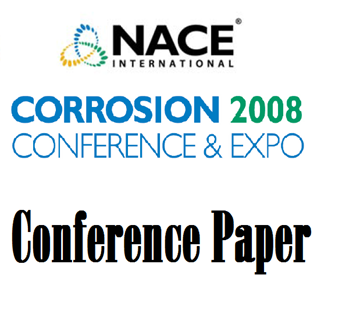Search
01076 STRESS CORROSION CRACKING OF HIGH STRENGTH STEELS IN AQUEOUS SOLUTIONS CONTAINING CO2 - Effects o f Yield Strength, Dissolved Oxygen, and Temperature
Also Purchased
97090 EFFECT OF DISSOLVED OXYGEN CONCENTRATION AND MATERIAL FACTORS ON STRESS CORROSION CRACKING OF LOW-ALLOY STEELS
Product Number:
51300-97090-SG
ISBN:
97090 1997 CP
$20.00
01054 EFFECT OF OXYGEN CONTAMINATION ON THE INHIBITION OF CO2 CORROSION
Product Number:
51300-01054-SG
ISBN:
01054 2001 CP
$20.00
08271 Effects of Oxygen, Temperature and Salinity on Carbon Steel Corrosion in Aqueous Solutions; Model Predictions versus Laboratory Results
Product Number:
51300-08271-SG
ISBN:
08271 2008 CP
Publication Date:
2008
$20.00




